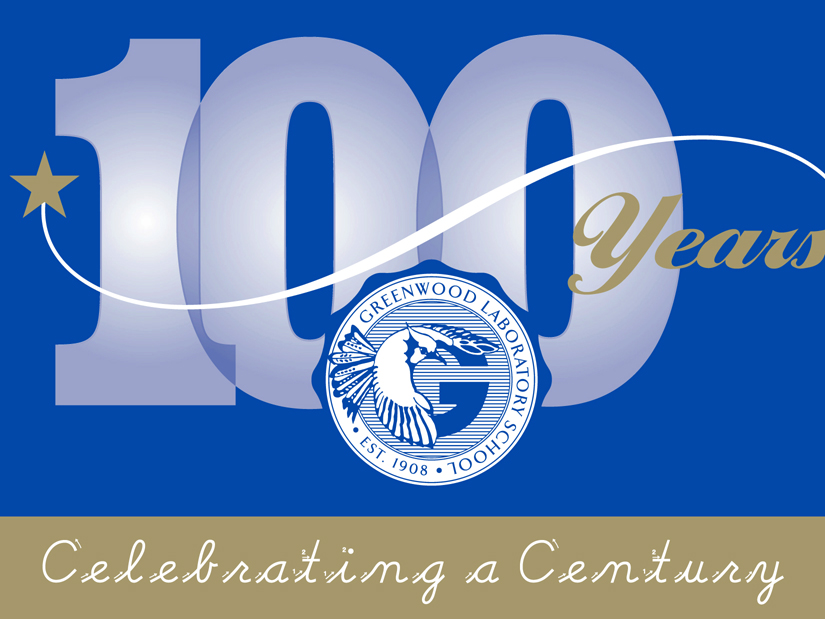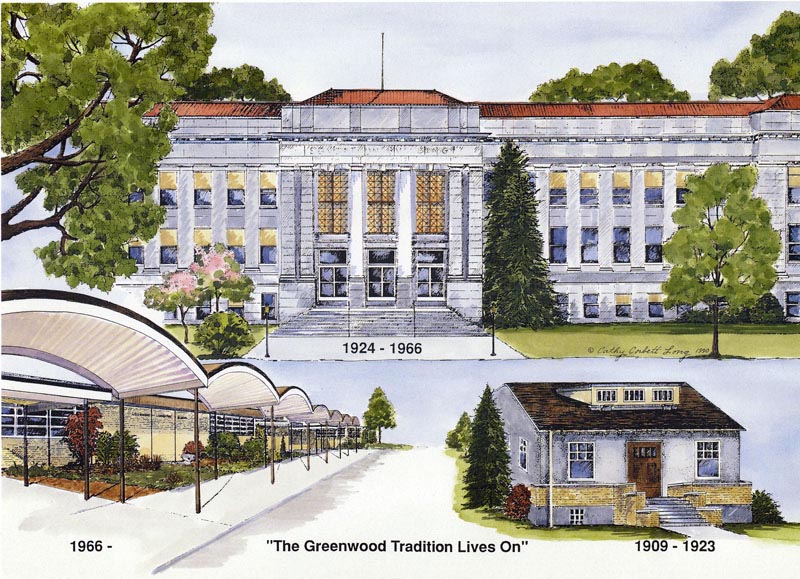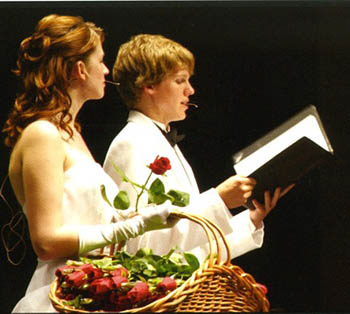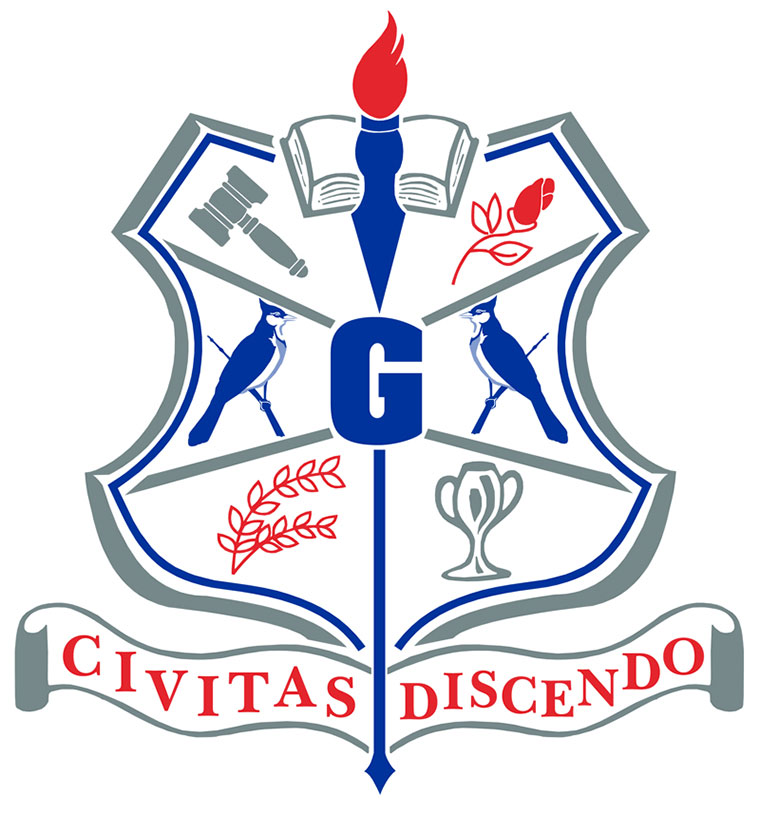Greenwood Laboratory School was originally established in 1908 as part of the teacher training curriculum at Springfield Normal School. In 1924, Greenwood Training School, named in honor of the great Missouri educator, J.M. Greenwood, moved into in the new education building, now Hill Hall, on the South campus of then Southwest Missouri Teachers College. The new building, a stately piece of architecture, was now able to house the entire K-12 training school. Greenwood Laboratory School has continued to provide the finest kindergarten through grade twelve college prep education in the area for more than 100 years. As a laboratory school located on the campus of Missouri State University, Greenwood is a department within the College of Education. Clifton M. Smart is President of Missouri State University and Dr. David L. Hough is the Dean of the College of Education. Dr. Janice R. Duncan serves is Director of Greenwood Laboratory School and Mr. Stephen E. Seal is Assistant Director.
Best known for its finest tradition, academic excellence, K-12 students are offered state-of-the-art technology and inquiry-based learning in a small class environment. Greenwood has a comprehensive K-12 college prep program with an enrollment of approximately 370 students. High school enrollment is approximately 130 students. Our faculty and staff take pride in preparing graduates to attend some of the finest universities across our nation. The Greenwood student ACT average is the highest in the entire area.
Since 1927, Greenwood has been accredited by AdvancED and meets the graduation requirements of the Missouri Department of Elementary and Secondary Education.
More than 90% of the teaching faculty have a masters’ degree or higher and have an average of 9 years teaching experience at Greenwood Laboratory School. Many faculty members hold multiple certifications.
Upon graduation, 100% of Greenwood students proceed onto a 4-year college or university of their choice.
Greenwood Laboratory School is located on the northern edge of the Missouri State University campus on Harrison Street. The current Greenwood facility was built in 1966. Our school recently added a 9,000 sf state-of-the-art 6-12 Science Scholars’ Laboratory addition as well as a K-5 Science Scholars’ Center.





